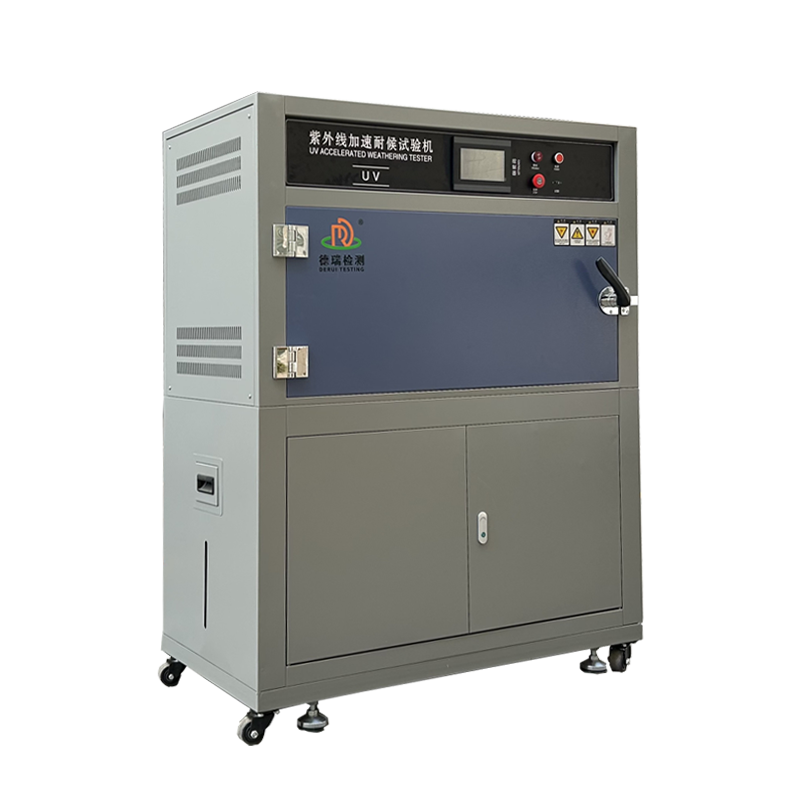
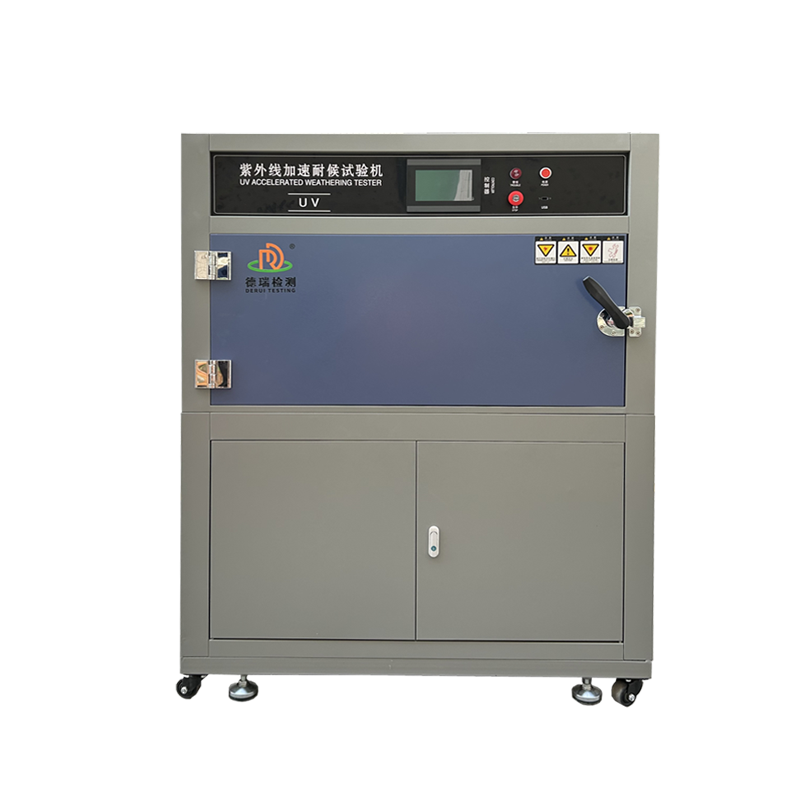
Customized UV Aging Test Chamber Condensation Cycle Simulation System Manufacturer
360000.0 INR/Unit
Product Details:
X
Customized UV Aging Test Chamber Condensation Cycle Simulation System Manufacturer Price And Quantity
- 360000.0 INR/Unit
- 1 Unit
Customized UV Aging Test Chamber Condensation Cycle Simulation System Manufacturer Trade Information
- Cash in Advance (CID)
- 80 Unit Per Month
- 3 Days
- All India
Product Description
The UV Test Chamber with Condensation Cycle Testing is an advanced laboratory system designed to simulate combined ultraviolet (UV) radiation and condensation cycles, replicating real-world environmental stressors such as sunlight, rain, and dew. Compliant with ASTM G154, ISO 4892-3, and BIS standards, this chamber enables manufacturers to evaluate material degradation, corrosion resistance, and longevity under accelerated aging conditions. Ideal for industries ranging from automotive to construction, it ensures products withstand Indias tropical climates and monsoon seasons while meeting global quality benchmarks.
Technical Specifications
1.
UV Light Source & Spectral Control
UVA-340 Lamps: Simulate solar UV wavelengths (295365 nm) with irradiance adjustable from 0.51.5 W/m @ 340 nm.
Spectral Filters: Quartz filters ensure UV accuracy while minimizing infrared (IR) interference.
2.
Condensation Cycle System
Humidity Range: 10%98% RH (3% stability), with programmable condensation cycles to replicate dew formation.
Water Temperature Control: Deionized water system maintains consistent condensation at 40C to 60C for uniform moisture exposure.
3.
Temperature Regulation
Ambient Temperature: 10C to 80C (1C accuracy).
Black Panel Temperature (BPT): 30C to 120C (1.5C), mimicking surface heat under direct sunlight.
4.
Chamber Design
Capacity: 50L (benchtop) to 1000L (industrial), accommodating samples up to 1m x 1m.
Construction: Corrosion-resistant stainless steel interior, dual-layer quartz windows, and reinforced seals.
Safety Features: Over-temperature shutdown, water leakage alerts, and emergency stop.
5.
Automation & Data Management
Programmable Cycles: Pre-set UV/condensation sequences (e.g., 4h UV at 60C + 4h condensation at 50C).
Touchscreen Interface: Real-time monitoring of UV irradiance, temperature, humidity, and cycle counts.
Data Export: Generate compliance reports (CSV/PDF) with gloss retention, color change (E), and corrosion metrics.
Key Applications
1.
Automotive Components:
Test paint adhesion, plastic trim fading, and metal corrosion under UV and dew cycles.
2.
Building Materials:
Validate durability of roofing membranes, sealants, and facade coatings in monsoon-like conditions.
3.
Coatings & Paints:
Assess UV-induced chalking, blistering, and moisture resistance per ASTM D4587.
4.
Electronics:
Evaluate enclosure materials and connectors for degradation in humid, UV-exposed environments.
Compliance & Certifications
ASTM G154: Standard Practice for Operating Fluorescent UV Lamp Apparatus for Exposure of Nonmetallic Materials.
ISO 4892-3: PlasticsMethods of Exposure to Laboratory Light Sources (Fluorescent UV Lamps).
Indian Standards: BIS-compatible testing (IS 16046) and NABL-accredited calibration.
Certifications: CE, RoHS, ISO 9001:2015.
Advantages for Indian Industries
1.
Climate-Specific Testing:
Simulate Indias monsoon humidity (95% RH) and high UV regions (e.g., Gujarat, Rajasthan).
2.
Energy Efficiency:
Inverter-driven cooling reduces power consumption by 25% compared to conventional systems.
3.
Localized Support:
Service centers in Mumbai, Delhi, and Chennai provide installation, training, and spare parts.
4.
Modular Upgrades:
Optional salt spray modules for coastal corrosion testing (e.g., Mumbais saline air).
FAQs (UV Test Chamber Condensation Cycle Testing)
Q1: How does condensation cycling accelerate material testing?
A: Alternating UV and condensation replicates daily dew cycles, accelerating corrosion and polymer degradation.
Q2: Can the chamber test biodegradable materials?
A: Yescustom profiles assess UV/moisture impacts on eco-friendly plastics and composites.
Q3: What maintenance is required for the condensation system?
A: Monthly cleaning of water tanks and filters prevents mineral buildup; use deionized water for optimal performance.
Q4: Is the chamber compatible with Indian voltage standards?
A: Yesconfigured for 230V/50Hz with surge protection for unstable grids.
Q5: How to ensure compliance with BIS standards?
A: Pre-set test profiles align with IS 16046; NABL-accredited calibration certificates are optional.
Standard Features:
| Item | Specification |
| Outside dimension | 1300W500D1460Hmm |
| Chamber material | SUS#304 stainless steel |
| Temperature range | RT70 |
| Temperature fluctuation | 2 |
| Temperature control | PID SSR control |
| Humidity range: | 95%RH |
| Controller | Programmable controller, LCD touch screen |
| Control mode | Balance temperature humidity control (BTHC) |
| Test cycle setting | Exposure, condensation and water spray test cycle is programmable |
| Lamp power | 40W/Piece |
| Distance from sample to lamp | 502mm |
| Centre distance between the lamp | 70mm |
| Irradiance | 0.45~1.0W/m2 (optional) |
| UV lamps | Imported Atlas UV-B: 280-315nm (8pcs, 1600h lifetime) |
| Standard Specimen Size | 75290mm (24pcs) or 75x150mm (48pcs), max. thickness 5mm |
| Testing time | 0999H, adjustable |
| Protection system | Overload short circuit protection |
| Over temperature protection | |
| Water lacking protection | |
| Earth leakage protection | |
| Auto shut off protection |
Tell us about your requirement

Price:
Quantity
Select Unit
- 50
- 100
- 200
- 250
- 500
- 1000+
Additional detail
Mobile number
Email




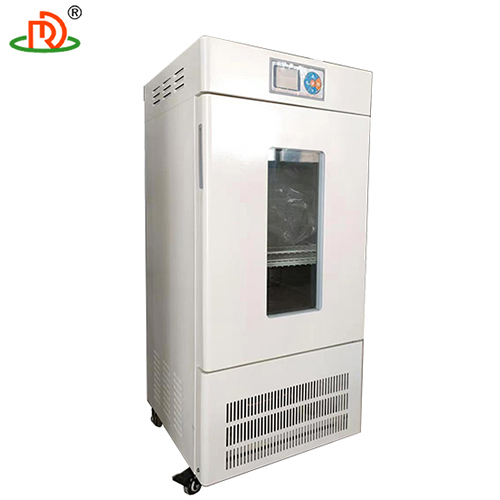
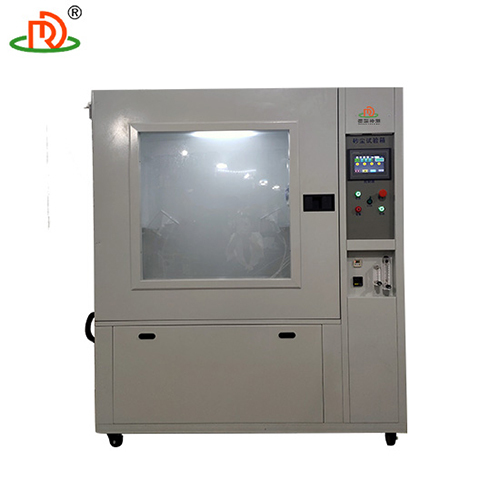
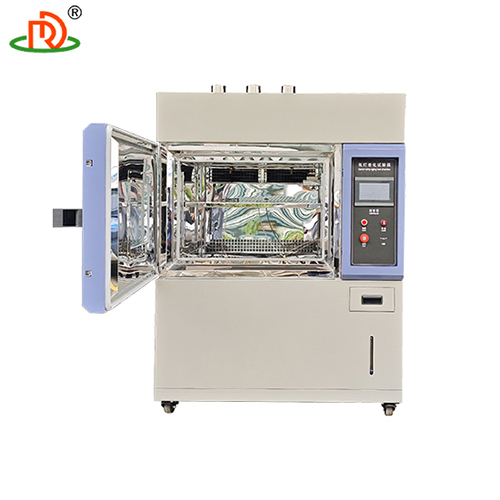


 English
English Spanish
Spanish French
French German
German Italian
Italian Chinese (Simplified)
Chinese (Simplified) Japanese
Japanese Korean
Korean Arabic
Arabic Portuguese
Portuguese